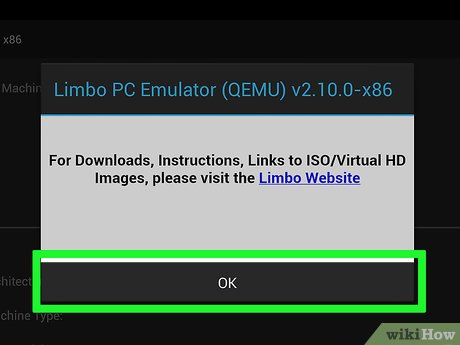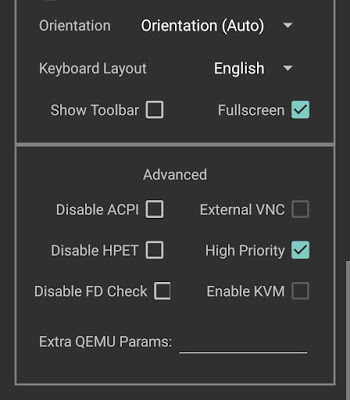

- System requirements for limbo emulator install#
- System requirements for limbo emulator full#
- System requirements for limbo emulator Pc#
Just make sure you have an emulated CD/DVD drive set up and assign it to the ISO image file you just downloaded – then boot it up.Īs you may expect, Tiny Core starts up at lightning speed.
System requirements for limbo emulator Pc#
You can burn this to a CD-R and boot it on a real PC (make sure the PC's BIOS is set to boot from the CD drive first, rather than the hard drive), but to save time, you can try it in a PC emulator such as VirtualBox or Qemu. From the Tiny Core downloads page, click Tin圜ore on the left to grab the 16MB ISO image. Of course, those are the absolute minimum limits to get the distro running – if you want to do more with it, especially for the graphical version, you'll want at least 128MB of RAM. The former can be run on an ancient 486 PC with a mere 28MB of RAM, whereas the latter bumps up the requirements to 46MB of RAM. Slightly confusingly, there are two versions of the distro: Core, which weighs in at 11MB and provides only a command-line interface, and the slightly larger Tiny Core, which is 16MB and includes the X Window System and the Fast Light Window Manager (FLWM). Tiny Core is one of the best known micro distros, having been in development for the best part of a decade. In this article, I'll look at some of these distros, show you what's cool about them, and give you some tips for using them.

System requirements for limbo emulator install#
These distros are ideal if you want to install Linux on older or low-spec hardware, or just set up a Linux installation where you control every single piece of software on the system. Many super-lightweight distros squeeze an enormous amount of functionality into a relatively tiny ISO image. Thanks to their open source and free software underpinnings, desktop Linux distributions aren't inevitably chunky beasts. Sure, openSUSE, Fedora, X/K/Ubuntu, and the like do so much out of the box, so it's not a really fair comparison, but sometimes you do wonder what's munching up all the hard drive space. Compare that to today's desktop Linux distros, which eat up several gigabytes in a standard installation.

System requirements for limbo emulator full#
Nonetheless, AmigaOS was incredibly impressive at the time: You had a full graphical user interface (GUI) and multitasking operating system, supplied with various utilities, libraries, fonts, and other bits and pieces – all in a couple of megabytes. A lot of this is simply nostalgia and wistfully looking back on the past with rose-tinted glasses after all, AmigaOS didn't even have memory protection, so it was very easy for one misbehaving program to take down the whole system, leading to the infamous Guru Meditation error messages. Regular listeners to the Linux Voice podcast know that we like to reminisce about the glory days of the Commodore Amiga.


 0 kommentar(er)
0 kommentar(er)
